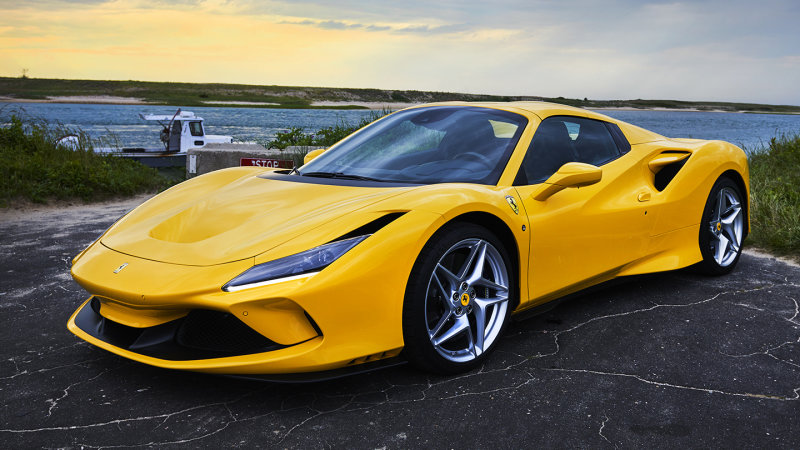Brand: Samsung
Product: Galaxy S20 Ultra
Release Date: 03/13/20
Price: $1,400
From: samsung.com
There are plenty of places to start a discussion about the Samsung Galaxy S20 Ultra, the new flagship phone of Samsungs next, renamed generation of its Galaxy S line. There’s the dual-band 5G connectivity, the 120Hz screen. Also, of course, the sky-high $1,400 starting price. But the question that jumped out to me the most when I first saw this beast, with its impressive 10x optical zoom and unheard of 100x digital zoom, is whether that camera is a revelation or a gimmick. The answer? Well, it’s both.

The S20’s ability to zoom optically up to 10x is a terrific feature, and the ability to zoom that deep without destroying image quality is a freedom I enjoy even if I use it less than I expected in practice. Beyond, to the 100x and even the more modest 30x zoom, the downsides start to overpower any practical application. Yes, it is a great party trick, but I can hardly imagine, like, using it.
10X optical zoom is incredible, but niche.
In case you forgot, zooming works like this. Optical zoom uses physical lenses to magnify your picture, letting you get closer with no compromise in image quality. Digital zoom takes a picture, crops it and enlarges, giving you chunkier pixels the further you zoom. By using a sideways mounted lens and a prism to fit inside a large but manageable camera bump, the S20 lets you get that deep 10x zoom guilt free, which is definitely incredible.
Shooting around with the S20, I found this was great for a few of my pet projects, like getting crisp, close up pictures of interesting features on buildings, and I figure it would be similarly great for shooting wildlife from a distance, or getting close ups at a concert or sporting event. At 10x magnification, it is a little difficult to hold the camera still enough to get a clean shot, especially in low light conditions or with one hand. I spent more time using 5x purely for ease of use. But that impressive zoom can help you get shots you’d otherwise need an honest-to-god zoom lens on an actual camera to capture. It’s sick, even though I didn’t find quite as many uses for it as I expected.

100x zoom is as awesome as it is useless.
If you need a steady hand for 10x, you need an actual tripod for 100x. Once you get above 10x, keeping your target in the frame while you press the button feels more like balancing a broomstick on your finger than using a point-and-shoot. It is a hopeless exercise to try this one-handed, and it is still barely manageable with two. The camera app shows you a handy mini-map in the top of the screen that you can use for reference, which is crucial since the ultra-zoom picture from the viewfinder will be nigh unintelligible. But it can only help so much since the physical act of aiming is wildly challenging.
Now don’t forget this is also digital zoom, which means you are losing image quality at the same time. The S20 boasts some machine learning tech that ostensibly helps repair your ridiculously cropped image but it can’t work miracles. Your final images, if you somehow manage to stay on target to get the shot, are basically as high resolution as a watercolor painting. I can maybe, theoretically, imagine a case where this would be useful, if you were trying to get a faraway shot as evidence instead of art. I mean, it’s cool for a second! But at best it is a party trick.

The S20 is more than just its camera, obviously.
Of course, the S20 has more going on than just its camera. With dual-band 5G connectivity, the S20 Ultra and its little brother, the S20+, can deliver the face-melting 10 Gbps-and-higher speeds the best 5G connections will be able to offer, if you can find them. Meanwhile, the baseline S20 only supports the slowest flavor of 5G. Its screen, with a silky smooth 120hz refresh rate, is beautiful though tests indicate it robs you of about the hours of battery life to have it turned on. These are both features that, like the camera, are objectively impressive but maybe not practically useful for most people. And at a $1,400 price point to start ($1,600 with maxed out specs!!!!!!) it is very hard to recommend this phone as a sensible purchase, especially when the S20 and S20+ sport more modest prices ($1,000 and $1,200) and less intense cameras (3x optical, 30x digital) that still push the limit of practicality.
It’s still ultra cool though.
Samsung provided this product for review.




